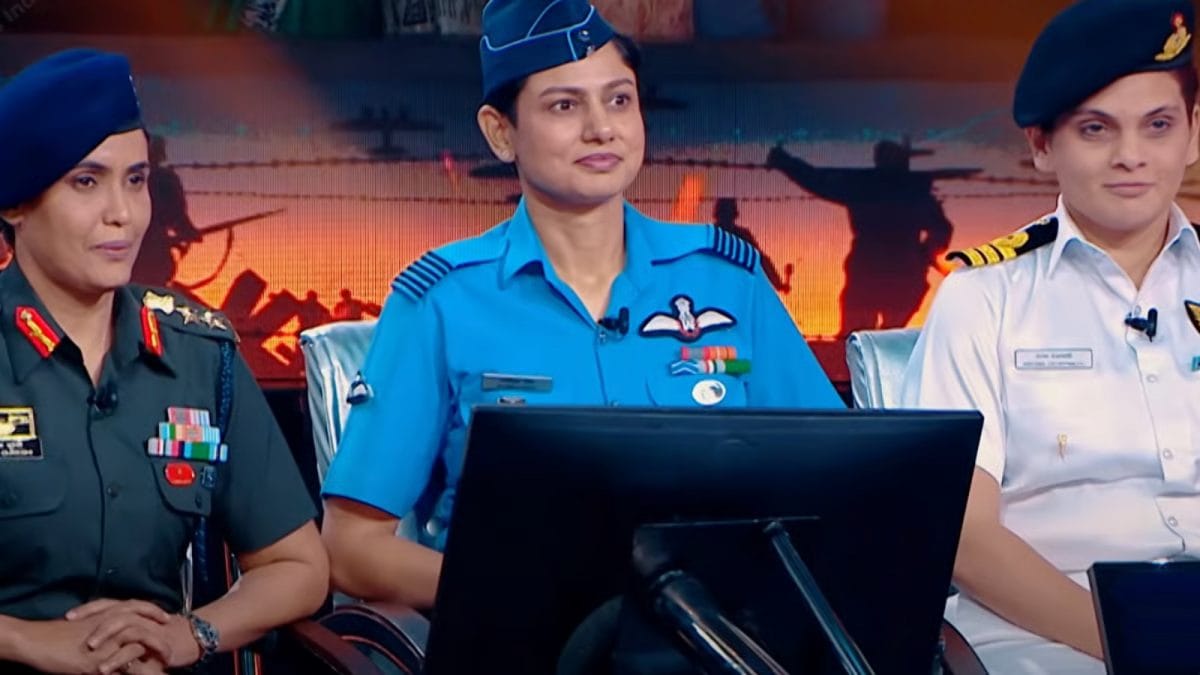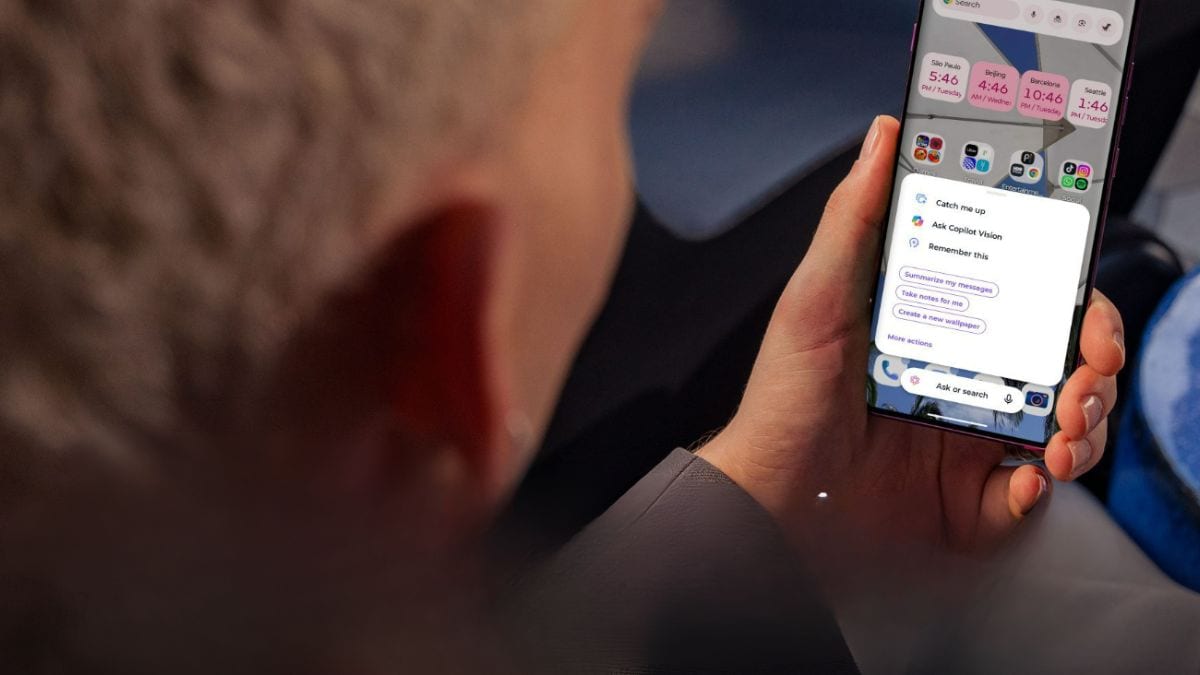The Special Court of Sessions for criminal cases against former/present MPs and MLAs which convicted former MP for Hassan, Prajwal Revanna, and sentenced him to life in prison for the remainder of his natural life, all in a year and four months since the case was registered, appreciated the Special Investigation Team (SIT) for its first-of-its-kind “scientific investigation”.
B.K. Singh, a 1996-batch IPS officer, presently posted as the Additional Director General of Police, Criminal Investigation Department (CID), headed the SIT and has led several key investigations in Karnataka against high-profile public figures.
Over the last eight years, he has led three SITs into the murders of editor-activist Gauri Lankesh, scholar M.M. Kalburgi, and, the crimes of Prajwal Revanna and MLA Munirathna. He supervised the probe into POCSO case against former Chief Minister Yediyurappa and is now also probing the stampede at M. Chinnaswamy Stadium here that killed 11.
Edited excerpts of a conversation The Hindu had with Mr. Singh
The court, in its judgment convicting Prajwal Revanna, seems to have relied on three key pieces of evidence — the victim’s statement, the forensic report of the video of the act filmed by the accused that confirmed his identity, though his face was not visible, and the DNA report. Can you explain the technique involved in the investigation?
In a rape case, usually, apart from the victim’s testimony, what we have is biomedical evidence, which was not the case here, as the crimes were reported at least three years later. Instead, what we had was a video in which the accused had filmed his act, without his facial features being visible. Crucially, forensic reports confirmed they were not edited or morphed. A voice sample match also came positive.
Then we examined how many distinctive marks were identifiable on the visible body parts of the accused in the video. Photographs and videos of the body parts of the accused taken in custody were frame-by-frame compared with the videos. We could find five to eight marks and some deformities that matched. Based on this, the forensic lab reached the conclusion that it is mathematically impossible for another person to have the same marks and deformities at the same points on the body.
We did the same exercise for the scene of the crime. The room in which the victim was raped at Gannikada farmhouse in Hassan was demolished in 2022. But we matched the photographs taken of the room at the family’s Basavanagudi residence with the videos recorded there. Forensic reports conclude the video was taken at the same place or a similarly dressed place.
In the Gauri Lankesh case, you used a technology called ‘gait analysis’ to forensically identify the shooter in the case. This forensic technique was used for the first time in the country.
It almost works on the same principle. Every person’s gait, or style of walking, is different. In Gauri Lankesh’s case, the CCTV camera at the house had captured the shooter wearing a helmet, his face not visible, standing at the gate and shooting at the victim. We had preserved the scene of the crime and the angle of the camera as well. When we caught the suspected shooter, we recreated the scene, which was again captured by the same CCTV camera. We submitted the footage of both videos to the DFS [Directorate of Forensic Science], Gujarat. Matching frame-to-frame and every step of the person in both videos, the report came back positive that the man in both videos is the same. This technique is now being used by many agencies across the country.
In three major investigations you have led — Gauri Lankesh, Prajwal Revanna and Munirathna — you have collected DNA evidence linking the accused to the victim or the scene of crime, even many years after the crime. How did this happen?
While going for a search-and-seizure operation, you have to be very thorough and collect everything you get.
In Prajwal Revanna’s case, we searched many places, but did not find anything. But when we questioned the victim about the clothes she was seen wearing in the video, she told us that she was thrown out of work, and she was not even allowed to collect her belongings. We sent a team to check, and the next worker who came and occupied the quarters had put all her belongings in a plastic cover and kept it aside. We found the clothes the victim was wearing when she was raped, and forensic experts found the accused’s semen traces on them.
DNA samples deteriorate only in a humid climate. In this case, it was kept in a plastic cover, and the DNA had dried up, and in such cases, it would not deteriorate for decades.
In the Gauri Lankesh case, we recovered a toothbrush, a comb and some hair samples. They had thrown out the brush and comb after putting them in a plastic cover. It tied the accused to a house they had rented while carrying out the murder.
In the Gauri Lankesh case, you recovered an empty cartridge of a bullet fired from the murder weapon, which the accused had used for target practice, from a tree in a jungle in Belagavi. Though you couldn’t recover the murder weapon in the case, this evidence links the weapon to the accused.
My idea is to always rely less on human witnesses. The chances of them turning hostile or forgetting something while giving evidence are higher. So I always try to minimise human witnesses as much as possible and rely on scientific evidence.



.png)
.png)
.png)
















 1 hour ago
5
1 hour ago
5









 English (US) ·
English (US) ·